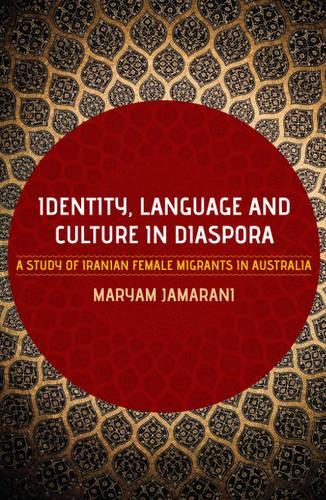
Identity, Language and Culture in Diaspora: A Study of Iranian Female Migrants to Australia
(Paperback)
Publishing Details
Identity, Language and Culture in Diaspora: A Study of Iranian Female Migrants to Australia
By (Author) Maryam Jamarani
Monash University Publishing
Monash University Publishing
1st April 2012
Australia
Classifications
General
Non Fiction
Social groups: religious groups and communities
305.30
Physical Properties
Paperback
240
Width 153mm, Height 234mm
370g
Description
Over recent decades there has been a great influx of migrants from Iran to various parts of the globe due to various socio-political upheavals. This group has a unique characteristic before migrating to Australia, North America and Europe they had lived the first 20 years of their lives in the Western-oriented monarchy of Iran, and then after the 1978 Islamic Revolution under the Islamic anti-Western government of the country. In this fascinating book the author investigates changes in the identity of a specific group of these migrants: first generation Iranian Muslim women in Australia. These women have experienced contact-based processes such as acculturation and adaptation to a new social context. The focus of this study is on investigating modifications in five different aspects of identity: linguistic, cultural, national, gender and religious. The study probes whether the attitudes of these women are influenced by sociocultural, language and time factors, and aims to identify the core values that they continue to hold after migration.Key audience: The primary audience for this book is scholars in North America, Europe and Australia who are researching and teaching in the areas of identity, language, culture, gender and migration.
Author Bio
Maryam (Shirin) Jamarani has a PhD in Applied Linguistics. She is currently an associate lecturer in the Applied Linguistics program at the University of Queensland, and also a research fellow in the School of Languages, Cultures and Linguistics at Monash University. She has taught in the area of intercultural communication over the past seven years. Her areas of research and teaching include applied linguistics, intercultural communication, migration studies, language and culture maintenance, discrimination among minorities, as well as second language teaching.
